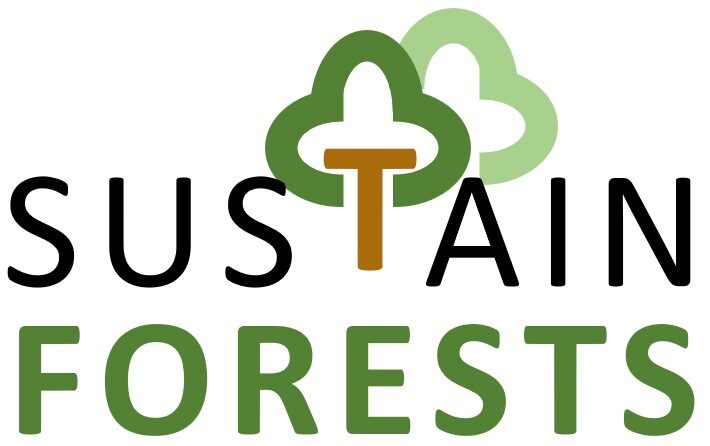Without explicit attention to the role and importance of forest patches in agricultural landscapes, their future may well be uncertain. In West Africa, patches of the once-contiguous Guineo-Congolian rainforests and the Guinean forests need sustainable use and management if they are to continue to exist. These forest patches are crucial to maintaining the social–ecological systems of West Africa. They contribute to regulating ecological processes, are globally important carbon sinks, biodiversity reservoirs, and habitats, help regulate flooding and soil erosion, and provide food, timber, and much-needed nontimber forest products (Lunt and Spooner 2005, Neuenschwander et al. 2015, Renó et al. 2016). Local populations rely heavily on these forest patches and their related resources for the preservation of their livelihoods, identities, and general wellbeing.
Yet surprisingly little is known about interactions and feedback across local and regional sociocultural, economic, and institutional factors and their relative impacts on decision-making processes about forest patches, their use, and management. A better understanding is required of the roles played by these forest patches and of how and under what circumstances one can reasonably expect to maintain and protect them. The SUSTAINFORESTS project aims to analyse the interactive roles of forest patches in the agricultural landscapes of the rainforest and forest zones in Togo, Benin, Nigeria, and Cameroon. In addition, it will investigate the conditions under which the various biophysical, sociocultural, economic, and institutional factors, including decision-making and land users’ behaviour, interact with and affect forest patches, their sustainable use, management, and governance. Box 1 provides definitions of main terms used in this proposal.
| Objectives and research questions of the SUSTAINFORESTS project RQ1. Analyse the spatiotemporal dynamics and conditions of forest patches: What are their features (e.g. forest age, size, connectivity/proximity, height, and contiguity) in agricultural landscapes? RQ2. Assess the contributions of ecosystem services from forest patches to human-wellbeing and livelihoods: Which ecosystem services do the forest patches in the agricultural landscapes deliver, and how do actors perceive and value them? How do the various actors manage the forest patches and ensure access to the services delivered by the forest patches? What are the actors’ perspectives on actions for improving or achieving sustainable forest patch management? RQ3. Analyse the context, framing conditions and key drivers: How do institutional, sociocultural, and economic factors, land use practices, and governance processes affect the use of forest patches in agricultural landscapes? How does this use contribute to the spatiotemporal dynamics identified in RQ1? Which goals and strategies for improved forest patch management can be identified? What is the degree of sustainable use, management, and governance of forest patches in agricultural landscapes? RQ4. Pathways to sustainable landscapes: Under which conditions are which factors better suited to promote the sustainable use, management, and governance of forest patches in agricultural landscapes? What levers contribute to improved sustainable management of the forest patches and agricultural landscapes of West Africa? |
